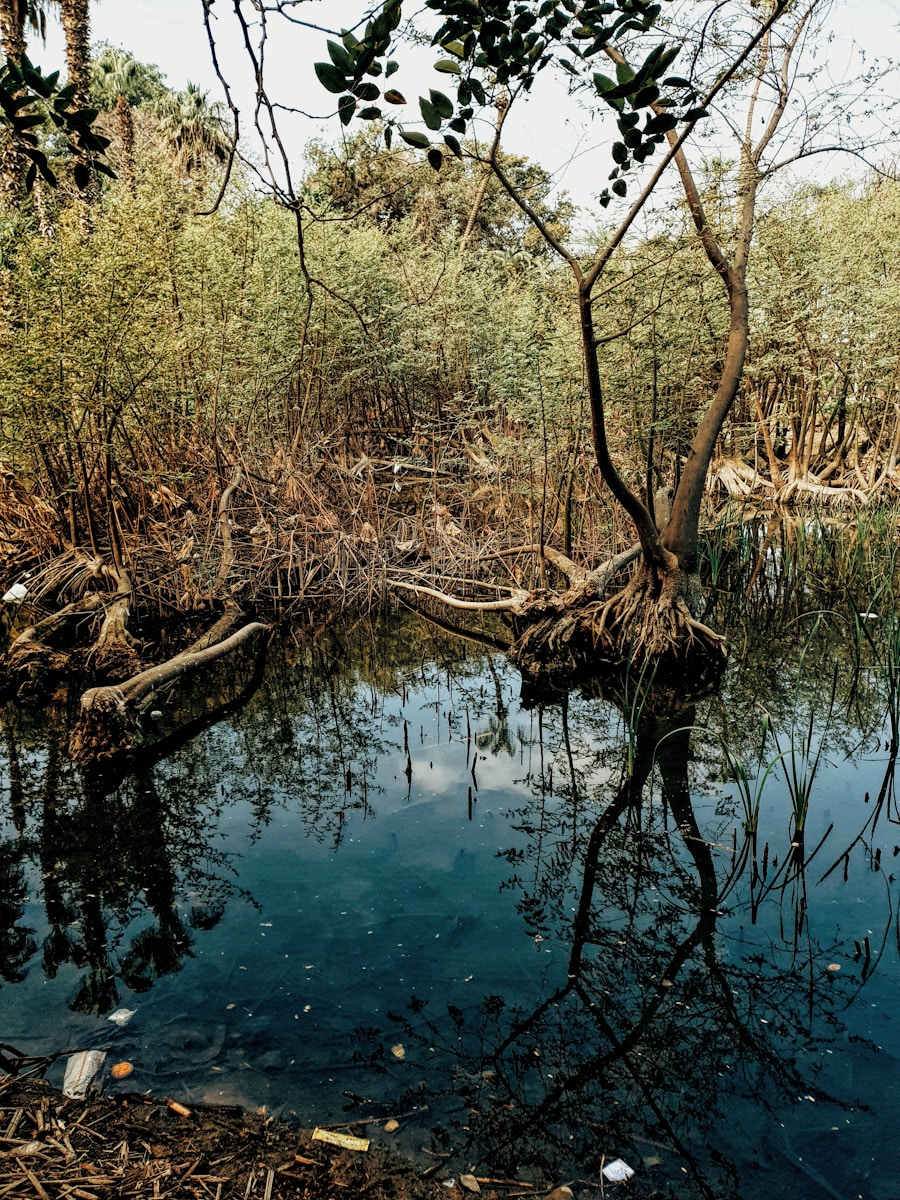Energy, water, and forests are the lifeblood of India, underpinning its economic growth, social development, and environmental sustainability. As the world’s second-most populous country, India faces immense pressure to meet the energy demands of its burgeoning population and rapidly expanding economy. Energy is not merely a commodity; it is a critical enabler of industrialization, urbanization, and technological advancement.
The country relies heavily on a mix of fossil fuels, renewable sources, and nuclear power to fuel its industries, transport systems, and households. The significance of energy in India is underscored by the fact that it directly influences the quality of life for millions, impacting everything from healthcare to education and employment opportunities. Water is another indispensable resource that plays a vital role in agriculture, industry, and daily life.
Rivers like the Ganges, Yamuna, and Brahmaputra are not only lifelines for agriculture but also hold cultural and spiritual significance for many communities. Furthermore, water is essential for industrial processes and energy generation, particularly in thermal power plants that require substantial amounts of water for cooling.
The interdependence of energy and water resources highlights the need for integrated management strategies to ensure sustainable development. Forests in India are equally important, serving as a habitat for diverse flora and fauna while also acting as carbon sinks that mitigate climate change. Covering approximately 24% of the country’s land area, forests provide timber, fuelwood, and non-timber forest products that support the livelihoods of millions of people, particularly in rural areas.
They also play a crucial role in maintaining ecological balance by regulating water cycles, preventing soil erosion, and supporting biodiversity. The cultural significance of forests cannot be overlooked either; they are often intertwined with the traditions and lifestyles of indigenous communities. Thus, the conservation and sustainable management of energy, water, and forest resources are paramount for India’s future.
Key Takeaways
- Energy, water, and forests are crucial resources for India’s development and sustainability.
- India faces challenges such as overexploitation, pollution, and deforestation in managing its energy, water, and forest resources.
- Sustainable practices like renewable energy, water conservation, and afforestation are essential for managing India’s resources.
- Climate change has a significant impact on India’s energy, water, and forests, leading to issues like water scarcity and natural disasters.
- Government initiatives and policies play a vital role in protecting India’s environmental resources, including regulations and conservation programs.
- Technology can aid in preserving India’s energy, water, and forests through innovations like smart grids, water purification systems, and forest monitoring tools.
The Challenges Facing India’s Energy, Water, and Forest Resources
Despite their critical importance, India’s energy, water, and forest resources face a multitude of challenges that threaten their sustainability. One of the most pressing issues is the increasing demand for energy driven by rapid urbanization and industrial growth. The country’s reliance on coal as a primary energy source has led to severe air pollution and greenhouse gas emissions.
While renewable energy sources like solar and wind are gaining traction, the transition is hampered by infrastructural limitations, financial constraints, and policy inconsistencies. Additionally, the energy sector grapples with inefficiencies in distribution and transmission, leading to significant losses that undermine overall productivity. Water scarcity is another formidable challenge that India confronts.
With a population exceeding 1.4 billion people and an agricultural sector that consumes about 90% of the country’s freshwater resources, the demand for water far outstrips supply in many regions. Over-extraction of groundwater has led to alarming depletion rates in aquifers across states like Punjab and Haryana. Furthermore, pollution from industrial effluents and agricultural runoff has contaminated many water bodies, rendering them unsafe for consumption and harming aquatic ecosystems.
Climate change exacerbates these issues by altering precipitation patterns and increasing the frequency of extreme weather events such as droughts and floods. Forests in India are also under siege from various threats including deforestation, illegal logging, and land conversion for agriculture or urban development. The rapid expansion of infrastructure projects often comes at the expense of forested areas, leading to habitat loss for countless species and disrupting local ecosystems.
Additionally, forest fires—both natural and man-made—pose significant risks to forest health and biodiversity. The challenge is further compounded by socio-economic factors; marginalized communities often rely on forests for their livelihoods, leading to conflicts over resource use and conservation efforts.
Sustainable Practices for Managing India’s Energy, Water, and Forests

To address these challenges effectively, India must adopt sustainable practices that promote the responsible management of its energy, water, and forest resources. In the energy sector, transitioning to renewable sources is imperative. The government has set ambitious targets for solar power generation under initiatives like the National Solar Mission, aiming to achieve 100 GW of solar capacity by 2022.
This shift not only reduces dependence on fossil fuels but also creates job opportunities in emerging green technologies. Additionally, enhancing energy efficiency through smart grids and demand-side management can significantly reduce wastage and improve overall system reliability. Water management practices must also evolve to ensure sustainability.
Rainwater harvesting systems can be implemented at both individual and community levels to capture and store rainwater for later use. This practice not only alleviates pressure on groundwater resources but also helps recharge aquifers. Moreover, promoting drip irrigation in agriculture can optimize water usage by delivering water directly to plant roots while minimizing evaporation losses.
Integrated watershed management approaches that consider the entire hydrological cycle can further enhance water conservation efforts by addressing issues related to land use and soil health. In terms of forest management, sustainable forestry practices such as selective logging and agroforestry can help balance economic needs with ecological preservation. Community-based forest management initiatives empower local populations to take charge of conservation efforts while benefiting from forest resources sustainably.
Reforestation programs aimed at restoring degraded lands can also play a crucial role in enhancing biodiversity and sequestering carbon dioxide from the atmosphere. By fostering a culture of conservation through education and awareness campaigns, India can cultivate a sense of stewardship among its citizens towards forests.
The Impact of Climate Change on India’s Energy, Water, and Forests
Climate change poses a significant threat to India’s energy, water, and forest resources, amplifying existing vulnerabilities while introducing new challenges.
This surge in demand could strain existing energy infrastructure and exacerbate issues related to supply reliability.
Additionally, climate change can disrupt hydropower generation by altering river flows due to glacial melt or changing precipitation patterns. As a result, India must invest in adaptive measures that enhance resilience within its energy sector. Water resources are particularly susceptible to climate change impacts.
Altered rainfall patterns can lead to prolonged droughts in some regions while causing flooding in others. For instance, states like Maharashtra have experienced erratic monsoon patterns that disrupt agricultural cycles and threaten food security. Furthermore, rising temperatures can exacerbate evaporation rates from reservoirs and rivers, further diminishing available freshwater supplies.
The increased frequency of extreme weather events also poses risks to water infrastructure, making it imperative for India to develop robust climate adaptation strategies. Forests are not immune to the effects of climate change either; shifts in temperature and precipitation can alter species distributions and disrupt ecological balances. Increased incidences of forest fires due to prolonged dry spells threaten biodiversity while releasing stored carbon back into the atmosphere.
Additionally, invasive species may thrive under changing climatic conditions, further jeopardizing native flora and fauna. To combat these challenges effectively, India must prioritize climate-resilient forestry practices that enhance ecosystem health while mitigating climate impacts.
Government Initiatives and Policies to Protect India’s Environmental Resources
The Indian government has recognized the critical importance of protecting its environmental resources through various initiatives and policies aimed at promoting sustainability across sectors. The National Action Plan on Climate Change (NAPCC) outlines eight missions focused on addressing climate change while promoting sustainable development. These missions encompass areas such as solar energy promotion, enhanced energy efficiency, sustainable agriculture practices, and conservation of biodiversity.
In addition to national policies, state-level initiatives play a crucial role in resource management. For instance, several states have implemented their own solar power policies to encourage local generation while reducing reliance on fossil fuels. The Pradhan Mantri Ujjwala Yojana aims to provide clean cooking fuel to millions of households by distributing liquefied petroleum gas (LPG) connections to women from below-poverty-line families.
This initiative not only improves health outcomes by reducing indoor air pollution but also alleviates pressure on forest resources by decreasing dependence on firewood. The Forest Conservation Act (1980) serves as a legal framework for protecting forest lands from deforestation while promoting afforestation efforts across the country. Additionally, various programs aimed at enhancing community participation in forest management have been launched under schemes like Joint Forest Management (JFM).
These initiatives empower local communities to engage in sustainable forestry practices while benefiting economically from forest resources.
The Role of Technology in Preserving India’s Energy, Water, and Forests

Energy Efficiency through Smart Grid Technology
Advancements in smart grid technology have enabled real-time monitoring of electricity consumption patterns, optimizing distribution networks to reduce losses. Smart meters provide consumers with data-driven insights into their energy usage habits, encouraging more responsible consumption behaviors.
Water Management through Innovative Technologies
Water management technologies such as satellite-based remote sensing allow for better monitoring of water bodies, providing valuable data for effective planning and resource allocation. Innovations like mobile applications enable farmers to access real-time weather forecasts and irrigation advice tailored to their specific needs, enhancing agricultural productivity while conserving water resources.
Sustainable Forestry Management through Technology
In forestry management, technology-driven solutions such as drones equipped with multispectral cameras can monitor forest health by assessing vegetation cover and identifying areas affected by pests or diseases. Geographic Information Systems (GIS) facilitate spatial analysis for effective land-use planning, supporting reforestation efforts through precise mapping of degraded areas.
By integrating technology into environmental resource management, India can enhance efficiency, foster greater public engagement, and promote sustainable practices among citizens. Addressing the challenges facing India’s energy, water, and forest resources requires a multifaceted approach that combines sustainable practices with innovative technologies, leveraging government policies aimed at fostering environmental stewardship among communities across the nation.
In addition to focusing on the importance of environmental resources like energy, water, and forests in India, it is also crucial to consider the well-being of individuals through practices like yoga. This article on 24 yoga asanas for a healthy body and mind explores how yoga can contribute to physical and mental health, ultimately benefiting both individuals and the environment. By incorporating practices like yoga into daily routines, individuals can cultivate a deeper connection to nature and promote overall well-being.
FAQs
What are the vital environmental resources in India?
India’s vital environmental resources include energy, water, and forests. These resources are crucial for the country’s economic development and the well-being of its people.
How does India utilize its energy resources?
India utilizes a mix of energy resources including coal, natural gas, hydroelectric power, and renewable energy sources like solar and wind. The country is working towards increasing its use of renewable energy to reduce its dependence on fossil fuels.
What are the challenges related to water resources in India?
India faces challenges related to water scarcity, pollution, and inefficient water management. Rapid urbanization and industrialization have put pressure on the country’s water resources, leading to issues of water quality and availability.
Why are forests important for India?
Forests in India play a crucial role in maintaining ecological balance, providing habitat for wildlife, and supporting the livelihoods of millions of people. They also contribute to climate regulation and water conservation.
How is India working to protect its vital environmental resources?
India has implemented various policies and initiatives to protect its energy, water, and forest resources. These include promoting renewable energy, improving water management practices, and increasing forest conservation efforts.






















+ There are no comments
Add yours